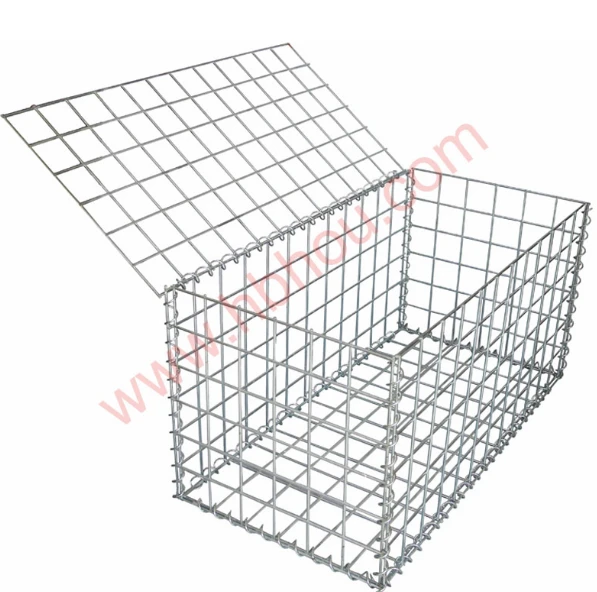The Border Fence A Symbol of Division and Debate
In recent years, the concept of the border fence has emerged as a critical topic in discussions surrounding immigration, national security, and human rights. The border fence, primarily a physical barrier intended to prevent illegal crossings, serves not only as a literal hindrance but also as a potent symbol of division. It encapsulates the complexities of modern nationhood, highlighting the tension between security and hospitality.
The most notable example of a border fence is the one that stretches along the United States-Mexico border. Initially constructed in the 1990s, this barrier has witnessed extensive modifications aimed at controlling the flow of migrants seeking better opportunities in the U.S. While supporters argue that the border fence is necessary for national security—to curb illegal immigration, trafficking, and terrorism—critics decry it as a manifestation of xenophobia and a violation of human rights.
From a security standpoint, proponents of the fence assert that it serves as a deterrent against unlawful entries. They argue that a physical barrier reduces the possibility of individuals crossing into a country without proper documentation, thereby helping to maintain law and order. Statistics indicate that in certain areas along the border where fences have been erected, there has been a measurable decrease in illegal crossings and drug trafficking. Additionally, some proponents claim that the fence allows border patrol agents to focus their efforts more effectively on the areas that remain vulnerable.
However, the efficacy of the border fence has been challenged. Opponents highlight that motivated individuals will always find ways to bypass barriers, using tunnels, ladders, or other means. Furthermore, the very notion of building walls to separate nations raises philosophical questions about the humanity of such actions. Critics emphasize that the border fence embodies an isolationist mentality that does not address the root causes of immigration, such as poverty, violence, and political instability in home countries.
border fence

The advent of the border fence has also sparked humanitarian concerns. The regions around the U.S.-Mexico border have seen an increase in deaths among those trying to cross. With fewer safe crossing points, desperate migrants often venture into treacherous terrains, leading to tragic outcomes. Human rights organizations argue that the fence exacerbates an already perilous situation, treating individuals as threats rather than as human beings deserving compassion and understanding.
Moreover, the construction of the border fence has significant environmental implications. The barrier disrupts wildlife habitats and migratory routes, threatening biodiversity in the region. The ecological consequences highlight the conflict between human development and environmental stewardship, posing long-term questions about sustainability and conservation.
The border fence is not just a physical structure; it is a representation of national identity and policy. As countries grapple with immigration and security issues, the fence has become a polarizing symbol rallying support on both sides. For some, it represents a commitment to protecting sovereignty and ensuring lawful immigration. For others, it embodies a dangerous mindset that prioritizes exclusion over inclusion.
Moving forward, nations must find a balanced approach that integrates both security measures and compassionate policies towards immigrants. Enhanced border security does not have to come at the expense of human dignity. Solutions could include comprehensive immigration reform, bilateral agreements with home countries, and addressing the socio-economic factors driving migration.
In conclusion, the border fence is a multifaceted issue that transcends its physicality. It encapsulates debates about identity, security, humanity, and the future of global migration. As nations navigate these challenges, it is crucial to approach the topic with empathy and pragmatism, aiming for solutions that respect human rights while securing the borders. The legacy of the border fence will ultimately be determined by how societies choose to define themselves in an interconnected world.
















